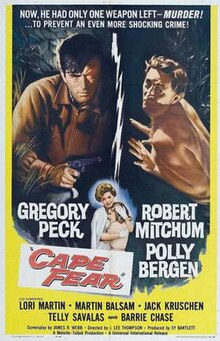
Psycho is a 1960 American horror film produced and directed by Alfred Hitchcock. The screenplay, written by Joseph Stefano, was based on the 1959 novel of the same name by Robert Bloch. The film stars Anthony Perkins, Janet Leigh, Vera Miles, John Gavin, and Martin Balsam. The plot centers on an encounter between on-the-run embezzler Marion Crane (Leigh) and shy motel proprietor Norman Bates (Perkins) and its aftermath, in which a private investigator (Balsam), Marion's lover Sam Loomis (Gavin), and her sister Lila (Miles) investigate her disappearance.

North by Northwest is a 1959 American spy thriller film produced and directed by Alfred Hitchcock, and starring Cary Grant, Eva Marie Saint, and James Mason. The screenplay was by Ernest Lehman, who wanted to write "the Hitchcock picture to end all Hitchcock pictures".

Eldred Gregory Peck was an American actor and one of the most popular film stars from the 1940s to the 1970s. In 1999, the American Film Institute named Peck the 12th-greatest male star of Classic Hollywood Cinema.

Robert Charles Durman Mitchum was an American actor. He is known for his antihero roles and film noir appearances. He received nominations for an Academy Award and a BAFTA Award. He received a star on the Hollywood Walk of Fame in 1984 and the Golden Globe Cecil B. DeMille Award in 1992. Mitchum is rated number 23 on the American Film Institute's list of the greatest male stars of classic American cinema.
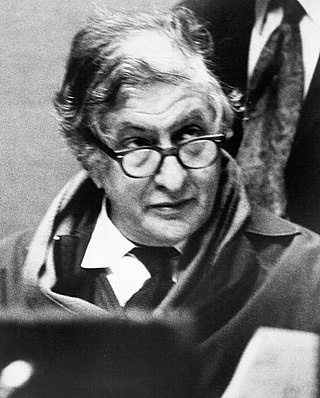
Bernard Herrmann was an American composer and conductor best known for his work in composing for films. As a conductor, he championed the music of lesser-known composers. He is widely regarded as one of the greatest film composers. Alex Ross writes that "Over four decades, he revolutionized movie scoring by abandoning the illustrative musical techniques that dominated Hollywood in the 1930s and imposing his own peculiar harmonic and rhythmic vocabulary."

Cape Fear is a 1991 American psychological thriller film directed by Martin Scorsese. It is a remake of the 1962 film of the same title, which was based on the 1957 novel The Executioners by John D. MacDonald. The film stars Robert De Niro, Nick Nolte, Jessica Lange, Joe Don Baker, and Juliette Lewis. Robert Mitchum has a small role in the film, while Gregory Peck and Martin Balsam make cameo appearances, all three having starred in the original film.

Polly Bergen was an American actress, singer, television host, writer and entrepreneur.
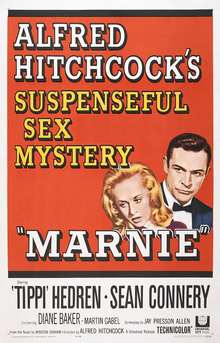
Marnie is a 1964 American psychological thriller film directed by Alfred Hitchcock from a screenplay by Jay Presson Allen, based on the 1961 novel of the same name by Winston Graham. The film stars Tippi Hedren and Sean Connery.
Joe Don Baker is an American character actor and a life member of the Actors Studio. He established himself as an action star with supporting roles as a mysterious cowboy drifter in Guns of the Magnificent Seven (1969), and as a deputy sheriff in the western Wild Rovers (1971), before receiving fame for his roles as a mafia hitman in Charley Varrick (1973), real-life Tennessee Sheriff Buford Pusser in the action film Walking Tall (1973), a brute force detective in Mitchell (1975), deputy sheriff Thomas Jefferson Geronimo III in Final Justice (1985), and police chief Jerry Karlin in the action-comedy Fletch (1985). He is also known for his appearances as both a villain and an ally in three James Bond films: as Brad Whitaker in The Living Daylights (1987) and as CIA Agent Jack Wade in GoldenEye (1995) and Tomorrow Never Dies (1997).

John Lee Thompson was an English film director, screenwriter and producer. Initially an exponent of kitchen sink realism, he became known as a versatile and prolific director of thrillers, action, and adventure films.
"Cape Feare" is the second episode of the fifth season of the American animated television series The Simpsons. It originally aired on the Fox network in the United States on October 7, 1993. The episode features guest star Kelsey Grammer in his third major appearance as Sideshow Bob, who attempts to kill Bart Simpson again after getting out of jail, spoofing the 1962 film Cape Fear and its 1991 remake. Both films are based on John D. MacDonald's 1957 novel The Executioners and allude to other horror films such as Psycho.

The Wrong Man is a 1956 American docudrama film noir directed by Alfred Hitchcock and starring Henry Fonda and Vera Miles. The film was drawn from the true story of an innocent man charged with a crime, as described in the book The True Story of Christopher Emmanuel Balestrero by Maxwell Anderson and in the magazine article "A Case of Identity", which was published in Life magazine in June 1953 by Herbert Brean.
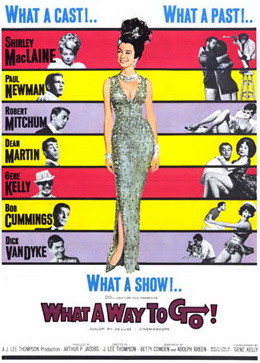
What a Way to Go! is a 1964 American black comedy film directed by J. Lee Thompson and starring Shirley MacLaine, Paul Newman, Robert Mitchum, Dean Martin, Gene Kelly, Bob Cummings and Dick Van Dyke.

Max Cady is a fictional character and the primary antagonist of the John D. MacDonald novel The Executioners. He was portrayed by Robert Mitchum in J. Lee Thompson's Cape Fear and Robert De Niro in Martin Scorsese's remake.
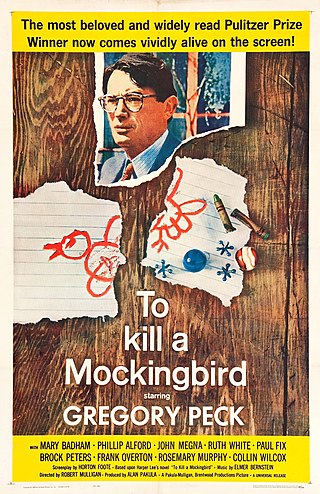
To Kill a Mockingbird is a 1962 American coming-of-age legal drama crime film directed by Robert Mulligan. The screenplay by Horton Foote is based on Harper Lee's 1960 Pulitzer Prize–winning novel of the same name. The film stars Gregory Peck as Atticus Finch and Mary Badham as Scout. It marked the film debut of Robert Duvall, William Windom, and Alice Ghostley.
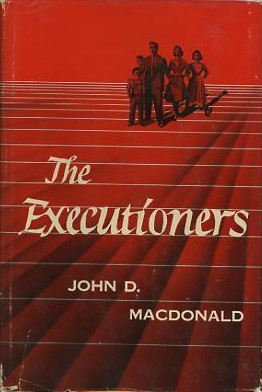
The Executioners is a psychological thriller-suspense novel written by John D. MacDonald, published in 1957.

Dawn Catherine Menzer, known professionally as Lori Martin, was an American actress. A child actress for most of her career, she first achieved recognition as the title character of the NBC drama series National Velvet (1960–1962). Her most prominent film role was in the 1962 thriller Cape Fear, where she portrayed Gregory Peck's daughter.
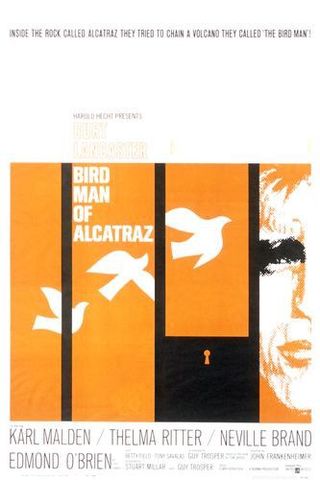
Birdman of Alcatraz is a 1962 American biographical drama film directed by John Frankenheimer and starring Burt Lancaster. It is a largely fictionalized version of the life of Robert Stroud, who was sentenced to solitary confinement after having killed a prison guard. A federal prison inmate, he became known as the "Birdman of Alcatraz" because of his studies of birds, which had taken place when he was incarcerated at Leavenworth Prison where he was allowed to keep birds in jail. When moved to Alcatraz, Stroud was never allowed to keep any birds.

Robert Mitchum (1917–1997) was an American actor who appeared in over 110 films and television series over the course of his career. He is ranked 23rd on the American Film Institute's list of the 50 greatest American screen legends of all time. His first credited named role was as Quinn in the 1943 western Border Patrol. That same year he appeared in the films Follow the Band, Beyond the Last Frontier, Cry 'Havoc' and Gung Ho! as well as several Hopalong Cassidy films including Colt Comrades, Bar 20, False Colors, and Riders of the Deadline. In 1944, he starred in the western Nevada as Jim "Nevada" Lacy, and a year later in the film West of the Pecos as Pecos Smith. During the 1940s, he was also cast in the film noirs Undercurrent (1946), Crossfire (1947), Out of the Past (1947) and The Big Steal (1949). Mitchum was nominated for the Academy Award for Best Supporting Actor for his role as a world-weary soldier in the 1945 film The Story of G.I. Joe, which received critical acclaim and was a commercial success.
